Search
Did you mean: Muse?
Search Results
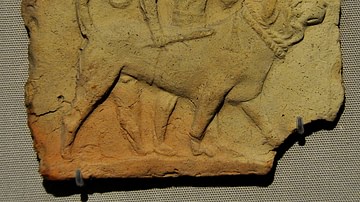
Article
Dogs & Their Collars in Ancient Mesopotamia
Among the many contributions to world culture credited to Mesopotamia is an object so familiar to people in the modern world that few pause to consider its origin: the dog collar. Throughout the ancient world, from China to Rome, dogs are...

Article
Pilgrimage in the Byzantine Empire
Pilgrimage in the Byzantine Empire involved the Christian faithful travelling often huge distances to visit such holy sites as Jerusalem or to see in person relics of holy figures and miraculous icons on show from Thessaloniki to Antioch...
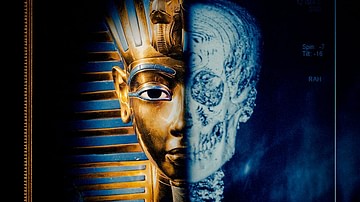
Interview
Tutankhamun and the Tomb that Changed the World with Dr. Bob Brier
Join World History Encyclopedia as they sit down with Dr. Bob Brier to chat all about his new book Tutankhamun and the Tomb That Changed the World, published by Oxford University Press. Kelly: Welcome. Thank you so much for joining me today...

Image
Egyptian Djed
A gilded wooden and faience djed amulet (symbol of stability) from the tomb of Queen Nefertari, 19th Dynasty, 1279-1213 BCE.
Egyptian Museum, Turin.

Image
Puabi's Gold and Lapis Lazui Fish Amulets, Ur
This group was found (together with the gold antelopes amulet) on Puabi's arm inside her grave. Puabi was a Semitic Akkadian woman from Ur, c. 2600 BCE, possibly a queen or priestess. Early Dynastic Period. From the Royal Cemetery at Ur...
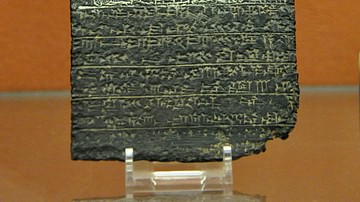
Image
Votive Plaque Dedicating a Property to Nabu's Temple
Bronze plaque in the form of an amulet, inscribed with cuneiform inscriptions. The figures of four deities were incised above the inscriptions. Marduk holds on a necklace and stands on a dragon while Nabu holds a stylus. Probably from the...
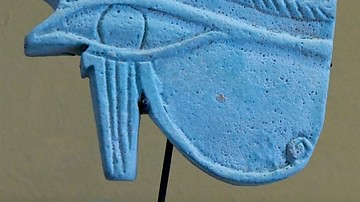
Image
Eye of Horus
An Egyptian protective amulet in the form of the Eye of Horus (wedjat). Earthenware, 6th-4th century BCE. (Louvre Museum, Paris)
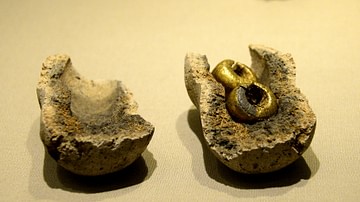
Image
Gold Foil-Covered Lead Bulla from Ancient Ireland
Two small gold foil-covered lead bullae (amulet or pendant), found inside a ceramic vessel, from Annaghbeg or Monasterredan, Co. Sligo, Ireland, c. 800-700 BCE.
National Museum of Ireland-Archaeology, Dublin.

Image
Gold Foil-covered Lead Bulla from Bog of Allen
This Gold foil-covered lead bulla or amulet was found in Bog of Allen, Ireland. Circa 800-700 BCE. (National Museum of Ireland-Archaeology, Dublin, Republic of Ireland)